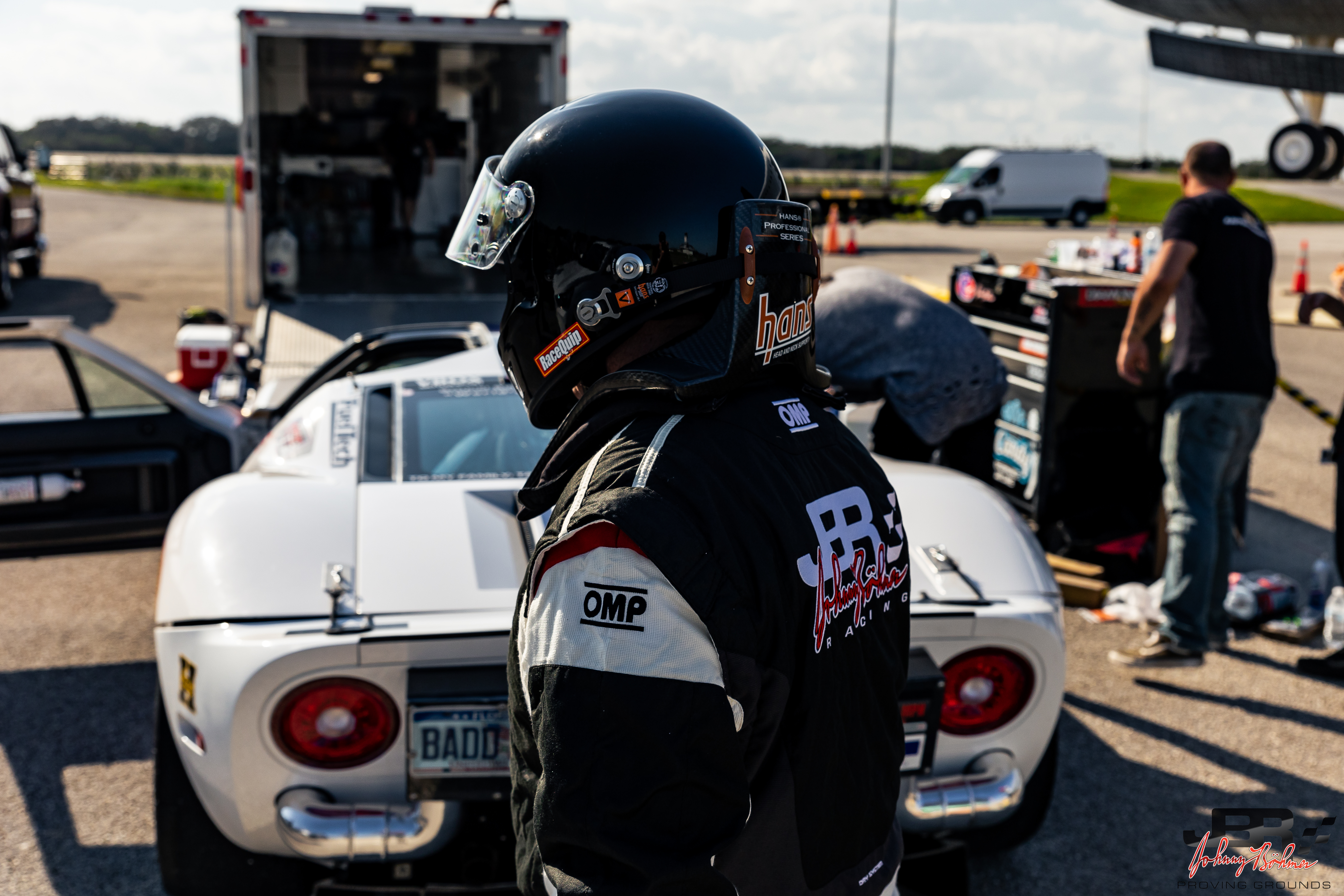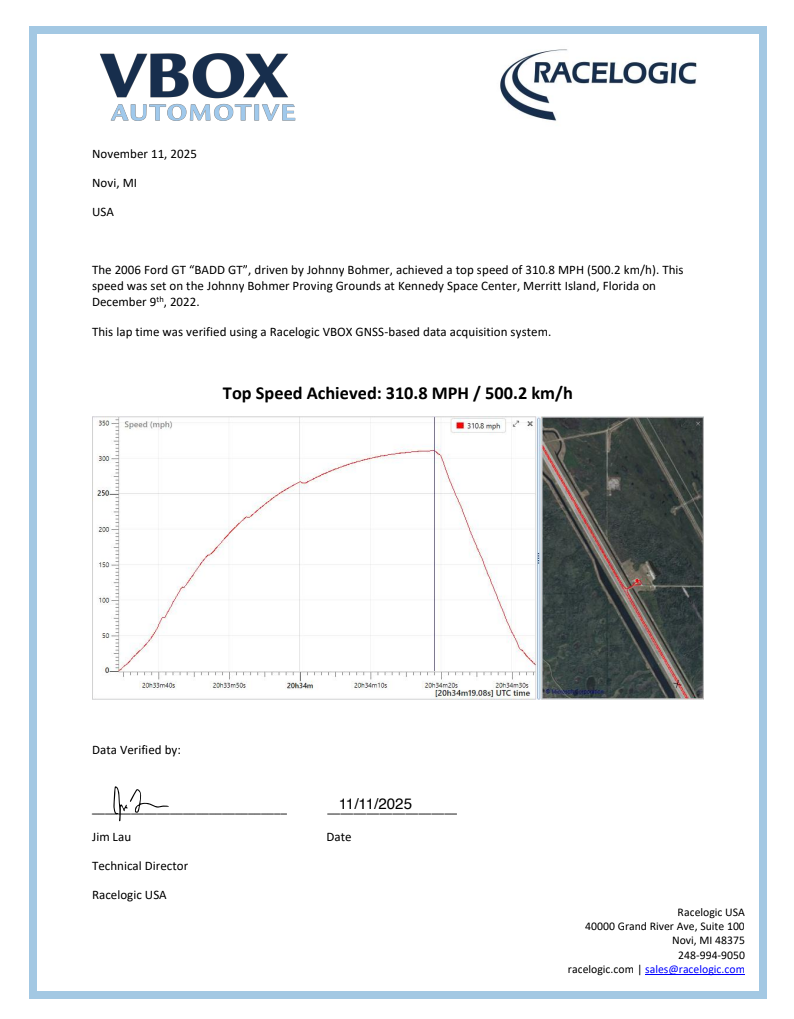Why Real-World Testing Matters More Than Simulations in Automotive Performance
- JB

- Oct 29
- 2 min read
In today’s automotive industry, computer modeling and virtual simulations dominate the headlines. Manufacturers boast theoretical top speeds, drag coefficients, and performance claims, but too often, those numbers exist only in code.
The BADD GT stands in bold contrast. Driven, tested, and refined in the real world, it proves that true performance can’t be simulated, it has to be earned.
The Limits of Simulation
Simulations have revolutionized automotive design, but they’re still bound by assumptions. Software can only calculate what it’s told. In short, that means perfect weather, perfect traction, and perfect mechanical working conditions.
In reality, no road or runway behaves like a line of code. Air density, tire deformation, density altitude, barometric pressure, crosswinds, temperature, and even surface texture change everything. When you’re chasing speeds over 300 MPH, those small variables become monumental.
The BADD GT: Proof in Motion
On December 9, 2022 at the Kennedy Space Center, Shuttle Landing Facility in Florida, the BADD GT shattered the boundaries of theory by reaching a verified 310.8 MPH (500.1 KM/H). This wasn’t a projection or a claim from a wind tunnel, it was independently measured by the International Mile Racing Association, Racelogic VBox and Garmin GPS equipment while taking place within 2 miles on a flat surface.
Built by a small team from the ground up, the BADD GT demonstrates that authentic engineering doesn't need to hide behind data. Every modification is tested, validated, and proven on the flattest runway in the world.

Why Real-World Testing Matters
Real world testing exposes what simulations can’t predict:
Mechanical resilience: How components handle real stress, heat, and vibration.
Aerodynamic stability: The way airflow interacts with bodywork at extreme speeds.
Driver feedback: The human element that no AI model can replicate.
Safety validation: How systems respond when the unexpected happens.
This process transforms numbers into knowledge, ensuring that performance is repeatable, verifiable, and usable in everyday driving.
Redefining Performance Standards
The BADD GT isn’t just a record-breaker; it’s a redefiner. It challenges the industry to step out of the simulator and onto the tarmac. Innovation and true top speed don't live in a press release, they live in real world results.
As Johnny Bohmer says,
“If you can’t drive it, you haven’t proven it.”
Learn More
Explore how the BADD GT continues to set new standards in real world performance at www.BADDGT.com and follow @JohnnyBohmerRacing on social media for more.




Comments